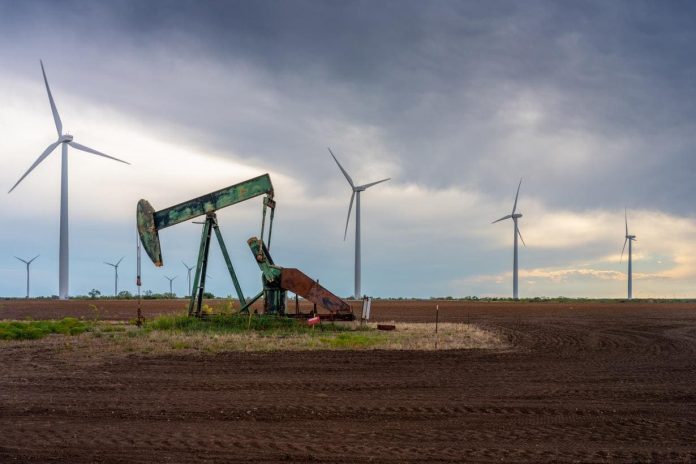The shift in focus will allow energy companies to become even more successful under Trump
The recent executive order signed by Trump, titled “Unleashing American Energy,” aims to boost domestic energy production and reduce regulatory constraints. However, the energy sector was already thriving even before Trump took office. Returns between 2021 and 2024 averaged 45%, compared to -10% from 2017 to 2020, according to S&P Global. What drove this change?
American utility companies have historically been encouraged to promote energy conservation since the late 1970s. Policy pushes in the 1990s and increasing environmental concerns have led to a focus on energy efficiency programs and customer education. Why would companies whose goal is to sell more energy want to encourage customers to consume less?
U.S. utility companies have embraced government policies aimed at reducing energy consumption for various reasons:
Incentives and Regulatory Pressure: Government policies offer financial incentives like tax credits or subsidies to make compliance with energy saving goals more attractive. Regulations like the Clean Power Plan or state-level mandates require utilities to meet energy efficiency or renewable energy targets.
Cost Efficiency: Reducing energy consumption through efficiency programs is often more cost-effective than expanding energy generation capacity, leading to lower long-term operating costs.
Long-Term Financial Viability: By participating in efforts to reduce energy consumption and mitigate climate impacts, utility companies ensure the sustainability of their business and the energy systems they operate within.
Shifting to Decarbonization
Many utilities are transitioning to comprehensive energy service companies by offering solar panels, energy-efficient products, and partnering with installers. They are now focusing on reducing carbon emissions instead of merely reducing energy consumption, promoting decarbonization without limiting growth.
Utility companies across the U.S. are offering incentives for customers to adopt clean energy technologies, such as EV chargers, solar setups, and energy-efficient infrastructure upgrades.
While many utilities have committed to decarbonization, not all have robust energy efficiency programs in place, according to the American Council for an Energy-Efficient Economy (ACEEE).
Adapting to Change
Despite federal rollbacks in clean energy funding, state and utility-level incentives for energy efficiency continue to drive the transition. Companies like Duke Energy and DTE Energy are embracing new power generation methods and investing in renewable energy storage facilities.
Shifting focus from energy consumption reduction to carbon emissions reduction aligns with evolving environmental and economic realities, offering economic opportunities, avoiding overinvestment, and promoting grid modernization.
Overall, the energy sector’s shift towards decarbonization while increasing production presents both a business opportunity and a strategic imperative for utilities.
For more insights on the future of energy consumption, read: Five Environmental Startups Leading The Way In 2025.






